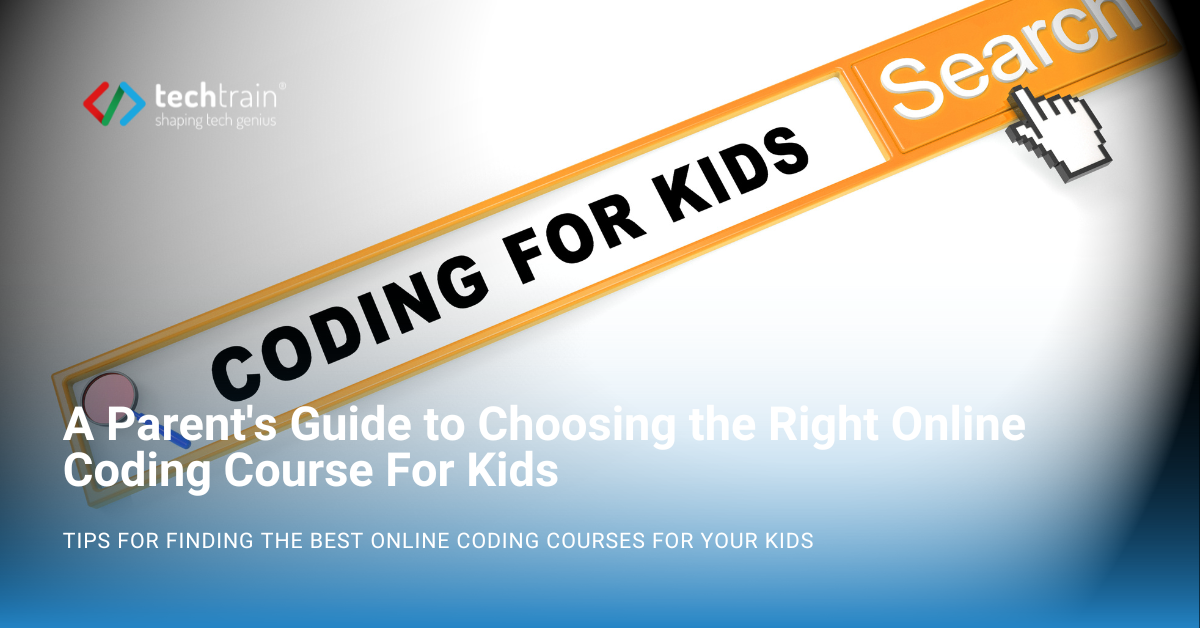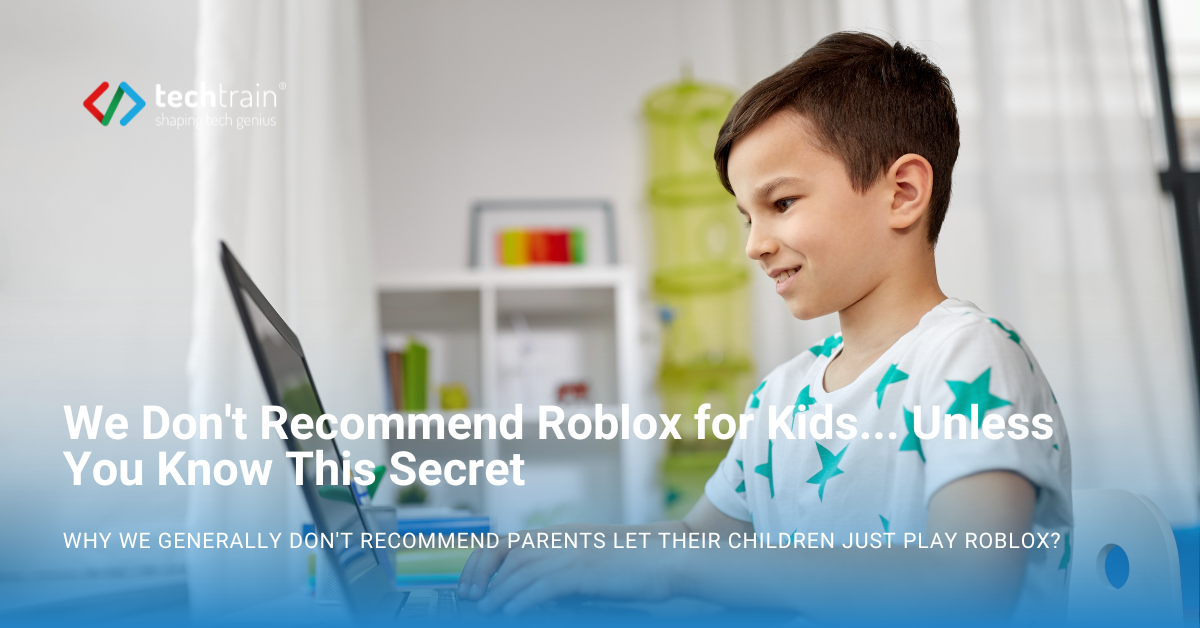Remember just a couple of years ago when "generative AI" felt like a futuristic term from a sci-fi movie? Fast forward to today, mid-2025, and it has woven itself into the fabric of our digital lives. For parents, this rapid evolution brings a mix of awe and anxiety. We see the incredible potential but also worry about navigating this new territory safely with our children.
The good news is that the landscape of generative AI tools for kids in 2025 has matured significantly. The initial frenzy has settled, and in its place, we're seeing a new generation of thoughtful, safe, and truly beneficial platforms designed to be creative and educational partners for our children. This guide will walk you through the most impactful trends of the year, the best-in-class tools available now, and how you can empower your child to become a confident, creative, and responsible user of this transformative technology.
What Makes AI for Kids Different in 2025?
The AI tools of 2025 are no longer just isolated apps for creating quirky images. They have evolved, becoming smarter, safer, and more integrated into the platforms our kids already use. Here are the key trends defining the year:
- Integration over isolation: The most significant change is the seamless integration of AI into mainstream educational and creative platforms. Instead of having to seek out a separate "AI app," powerful generative features are now core components of tools like Canva, Scratch, and digital classroom software. This makes AI a natural part of the creative process, not a novelty.
- Safety and ethics as a standard: The wild west days are over. In 2025, robust safety features are the price of entry. The best tools now come standard with sophisticated content filters, "walled garden" environments to prevent access to the open web, and clear data privacy policies that protect children's information. Furthermore, many platforms are building digital citizenship modules directly into their experience, teaching kids about ethics and responsible use as they create.
- A focus on co-creation not automation: Early fears of AI "doing the work for you" have given way to a more nuanced reality. The leading educational AI tools are designed to be collaborators, not cheats. They act as a springboard for ideas or a guide through difficult problems, requiring the child's input, critical thinking, and creativity to produce a meaningful result.
The Top Generative AI Tools for Kids in 2025: A Curated List
Navigating the sea of options can be tough. Here is a breakdown of the premier tools of 2025, categorized by the skills they champion.
1. The Creative Storytellers & Artists

These tools empower kids to become world-builders, artists, and authors, turning their wildest imaginings into stunning visual and written creations.
Storybird AI
A long-time favorite for digital storytelling, Storybird's 2025 AI integration is masterful. It allows children to write their own stories and then generate unique illustrations that match the tone, characters, and plot points of their text. Its AI models have become incredibly adept at maintaining character consistency across a whole book, making it perfect for creating coherent, beautiful picture books and comics.
- Ages: 7-13
- Skills developed: Creative writing, Narrative structure, Visual literacy
Canva Magic Studio
Canva has cemented its place in classrooms, and its AI-powered Magic Studio is a primary reason why. In 2025, its capabilities extend far beyond text prompts. Kids can now generate short video clips, custom audio tracks for presentations, and intricate illustrations for school projects. The collaborative features allow multiple students to work on a single project, using AI to brainstorm and create together in a safe, moderated environment.
- Ages: 9+
- Skills developed: Graphic design, Digital presentation, Collaboration, Multimedia creation
Adobe Express for Education
Leveraging the power of Adobe's professional creative ecosystem, the education version of Express offers sophisticated but accessible AI tools. It uses Adobe Firefly, an AI model trained on licensed content, which provides a strong foundation for teaching ethical content generation. It's an excellent platform for teens looking to develop skills that will translate to future creative careers.
- Ages: 13+
- Skills developed: Digital media, Branding, Ethical AI use
2. The Coding & Problem-Solving Companions

These platforms use AI not just as a creative tool, but as a way to teach the fundamental principles of logic, programming, and how AI itself works.
Scratch AI
The iconic learn-to-code platform from MIT continues to evolve. In 2025, its AI extensions are more powerful and accessible than ever. Kids can use visual, drag-and-drop blocks to integrate machine learning models into their games and animations. They can train the computer to recognize their gestures on camera, understand spoken commands, or predict outcomes in a game, demystifying AI by putting them in the driver's seat.
- Ages: 8-16
- Skills developed: Computational thinking, Programming logic, Machine learning concepts
Khanmigo by Khan Academy
This is arguably the gold standard for educational AI tutoring in 2025. Khanmigo is not designed to give answers. Instead, it uses the Socratic method, asking guiding questions to help students work through problems themselves. It can act as a debate partner, a historical figure for an interview, or a writing coach that provides feedback without rewriting. Its focus is entirely on fostering critical thinking and genuine understanding.
- Ages: 10+
- Skills developed: Critical thinking, Problem-solving, Math, Writing, Self-guided learning
3. The Homework Helpers & Knowledge Explorers

These tools act as powerful, personalized tutors that can make learning more engaging, adaptive, and fun.
Polyglot Pals AI
A standout in the language-learning space, this tool (and others like it) uses AI to create immersive, conversational practice. Your child can have a spoken conversation in Spanish or French with an AI that understands context, has a realistic accent, and can gently correct their grammar. It removes the anxiety of making mistakes in front of a person, building confidence and fluency.
- Ages: 9+
- Skills developed: Language acquisition, Conversation skills, Public speaking confidence
QuestionWell
This brilliantly simple tool is a superpower for studying. Parents or students can paste in any text—a chapter from a history book, a scientific article, even website content—and the AI generates a comprehensive list of essential questions, key vocabulary, and discussion points. It’s an incredible way to turn passive reading into active learning and create study guides in seconds.
- Ages: 10+
- Skills developed: Reading comprehension, Active recall, Study habits
A Parent's Checklist for Navigating the AI Playground in 2025
Choosing a great tool is the first step. Engaging with your child is what makes it truly effective.
Be the co-pilot, not the passenger
Explore these tools with your child. Your curiosity and involvement show them that this is a shared learning experience, not just a toy to keep them occupied.
Champion critical Tthinking
Constantly reinforce the idea that AI is not perfect. It can make mistakes, sometimes called "hallucinations." Encourage your child to ask, "Does this seem right?" and to verify important information from trusted sources.
Have the "ethics talk" early and often
Discuss the importance of transparency. If they use an AI to help with a school project, they should be open about it. Talk about how AI learns from human-created content and can sometimes reflect human biases. This builds a foundation of responsible digital citizenship.
Review the safety features
Before committing to a platform, do a quick check for the "Big Three": strong and advertised content filters, a clear child data privacy policy, and, ideally, some form of human moderation.
Conclusion
In 2025, the conversation around generative AI tools for kids has shifted from fear of the unknown to excitement for the possibilities. By choosing platforms designed for learning and co-creation, and by staying engaged in their exploration, we can equip our children with the skills they need to not just navigate the future, but to build it.
Is your child fascinated by AI? Give them the power to create with it! In TechTrain's Generative AI program, kids learn to bring their imagination to life by creating art, sounds, and stories. Enroll today and watch their creativity soar!
.avif)

.avif)


.avif)












.avif)
.avif)

.avif)
.avif)
.avif)
.avif)



.png)
